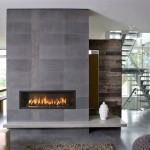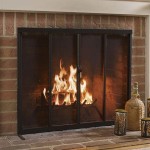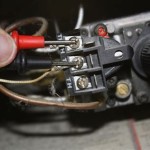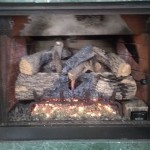The Essential Guide to Gas Stove Fireplaces
Gas stove fireplaces have become increasingly popular in recent years, offering a convenient and efficient way to add warmth and ambiance to any room. Whether you're looking to upgrade your existing fireplace or install a new one, understanding the essential aspects of gas stove fireplaces is crucial.
Types of Gas Stove Fireplaces
Vented Gas Fireplaces: These fireplaces require a chimney or vent to exhaust combustion gases outside the home. They provide excellent heat output and can be used as a supplemental heating source.
Ventless Gas Fireplaces: Ventless fireplaces do not require a chimney or vent, making them ideal for smaller spaces or rooms without access to an exterior wall. However, they produce some moisture and carbon dioxide, so proper ventilation is still essential.
Fuel Sources
Natural Gas: Natural gas is the most common fuel source for gas stove fireplaces and is readily available in many areas. It burns cleanly and efficiently.
Propane: Propane is a bottled gas that can be used in areas without access to natural gas. It burns hotter than natural gas and requires special appliances.
Heat Output
The heat output of a gas stove fireplace is measured in British Thermal Units (BTUs). The higher the BTU rating, the more heat the fireplace will produce. Consider the size of the room and your heating needs when selecting the appropriate BTU rating.
Safety Features
Oxygen Depletion Sensor (ODS): This sensor monitors the oxygen level in the room and automatically shuts off the fireplace if it falls below a safe threshold.
Flame Sensor: This sensor detects if the pilot or main burner flame is present and shuts off the gas supply if it goes out.
Glass Barrier: The glass barrier around the flame helps prevent accidental burns or fires.
Maintenance
Gas stove fireplaces require regular maintenance to ensure safe and optimal operation. Maintenance tasks include:
- Cleaning the fireplace and chimney/vent
- Replacing the pilot and/or main burner assembly
- Checking the safety features for proper operation
Professional Installation
Installing a gas stove fireplace is a complex task that should always be performed by a qualified professional. They will ensure proper installation, safety, and efficiency.
Conclusion
Choosing and installing a gas stove fireplace requires careful consideration of various factors. By understanding the types, fuel sources, heat output, safety features, and maintenance requirements, you can make an informed decision that will enhance your home's comfort and style for years to come.

Gazco Huntingdon 30 Gas Stove Fireplace Supers

Gas Stoves Made In Usa Lopi

Freestanding Gas Burning Stoves Sierra Hearth And Home

Rais Gabo Gas Ii Stove For

Vision Small Gas Stoves Gazco Contemporary

Contemporary Gas Stoves Ivett Reed

Gas Burning Stove Installation Service Provider More In Wi

Gas Stoves Fireplace And Stove The Hearth Doctor Inc

Garnet Gas Stove Encino Fireplace

Gas Stoves Made In Usa Lopi








